The relationship between Native American tribes and horses transcends mere utility, evolving into one of the most profound spiritual connections in human history. When horses were reintroduced to the Americas in the 16th century by European colonizers, they sparked a revolution in Native American culture that went far beyond transportation and warfare. What developed was a sacred bond, where horses became spiritual companions, medicine helpers, and symbolic beings that represented freedom, strength, and divine connection. This deep spiritual relationship continues to influence Native traditions, ceremonies, and daily life even in modern times. The horse-human connection among indigenous tribes offers a fascinating glimpse into a worldview where animals are not merely resources, but rather integral members of the community with their own spiritual significance and purpose.
The Historical Introduction of Horses to Native Tribes
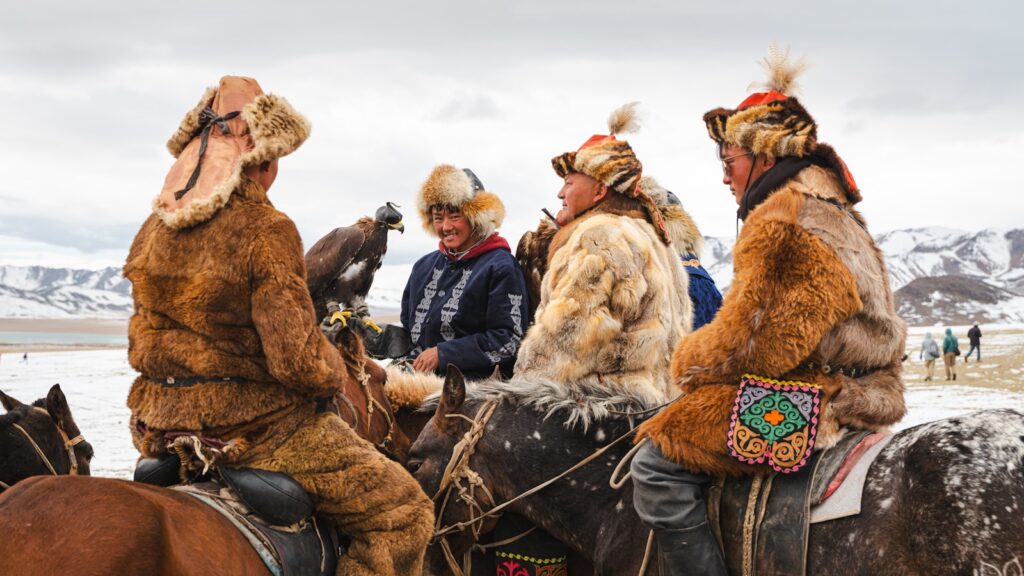
Although fossil records show that horses originated in North America before migrating to Asia and Europe, they had disappeared from the continent by the end of the Pleistocene era around 10,000 years ago. The reintroduction of horses to the Americas came with Spanish explorers in the 16th century, most notably through Hernán Cortés’s expedition to Mexico in 1519. By the early 1700s, horses had spread throughout the Great Plains, transforming Native life in ways that reached far beyond practical applications. This reintroduction represents one of history’s most rapid and significant cultural adoptions, as tribes like the Comanche and Lakota became master equestrians within a matter of generations. The speed with which Native people integrated horses into their societies speaks to an almost instinctual connection, as if these animals awakened something deeply embedded in indigenous collective memory.
Horses as Sacred Beings in Native Cosmology
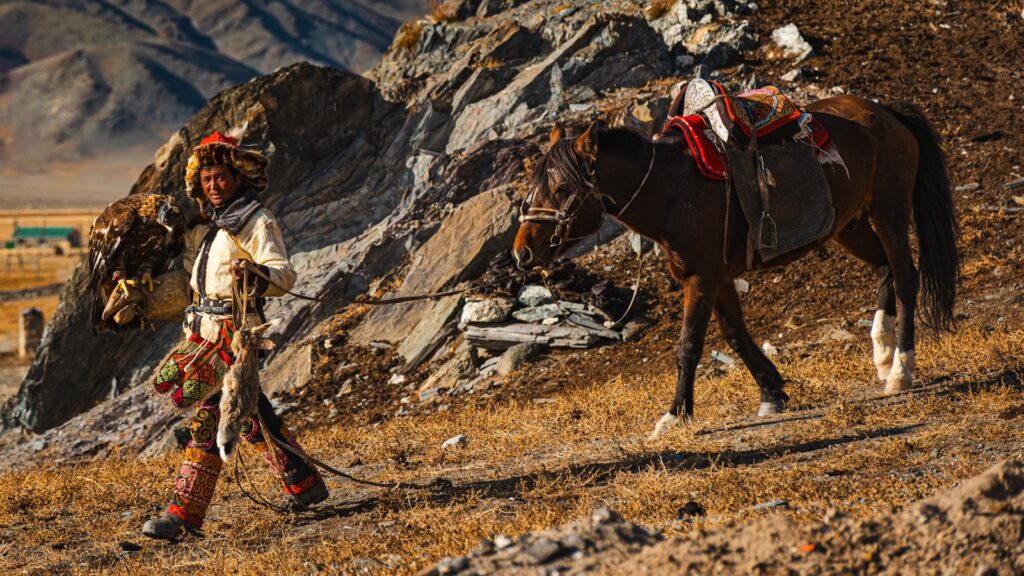
In many Native American spiritual traditions, horses are viewed not as possessions but as relatives and sacred beings with their own spirits and medicine. The Lakota phrase “Sunka Wakan,” meaning “sacred dog” or “mystery dog,” highlights the reverence with which horses were regarded when they first appeared to tribes. Many origin stories describe horses as gifts from the Creator or as beings that emerged from bodies of water, connecting them to life-giving forces. Among tribes like the Navajo, horses occupy a special place in creation stories and are believed to have been created specifically to help humans navigate between worlds. This cosmological significance extends beyond practical use, as horses are often seen as messengers between humans and the spirit world, capable of carrying prayers to the Creator.
The Ceremonial Role of Horses in Tribal Practices
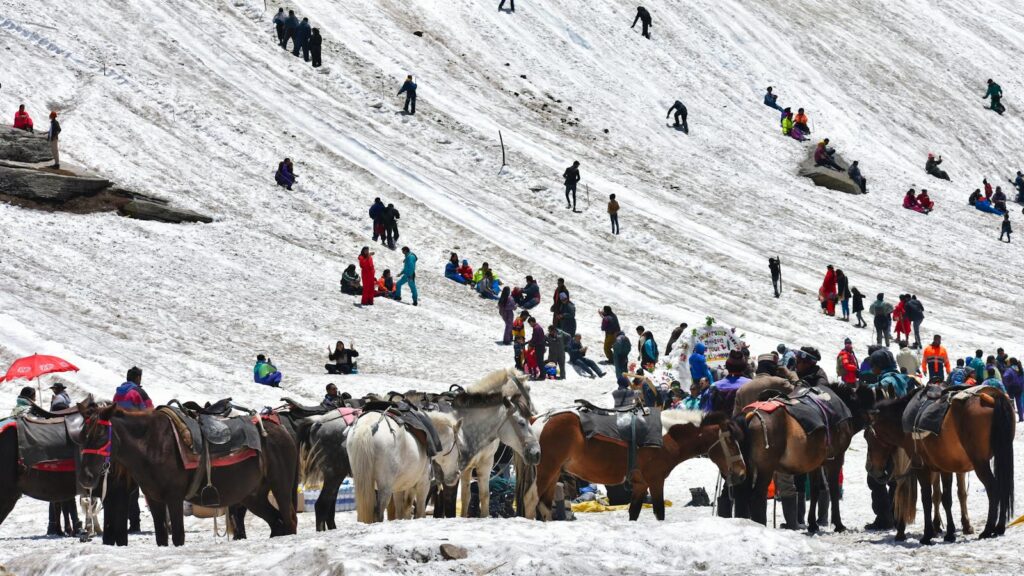
Horses play central roles in numerous Native American ceremonies, serving as both participants and symbolic elements. In many Plains tribes, horses are adorned with sacred paintings and regalia for ceremonies, with specific patterns conveying spiritual meaning and tribal affiliation. The Sun Dance, one of the most significant ceremonies among Plains tribes, often includes horses as representatives of spiritual power and sacrifice. In the Crow tradition, horses participate in healing ceremonies where their breath is believed to carry away illness and bring strength to the sick. Among the Navajo, the Horse Way Ceremony is performed to restore harmony between humans and horses, acknowledging the deep interdependence between species. These ceremonies reinforce the belief that horses are not merely animals but spiritual collaborators whose participation enhances the sacred nature of ritual practices.
Horse Medicine and Healing Traditions
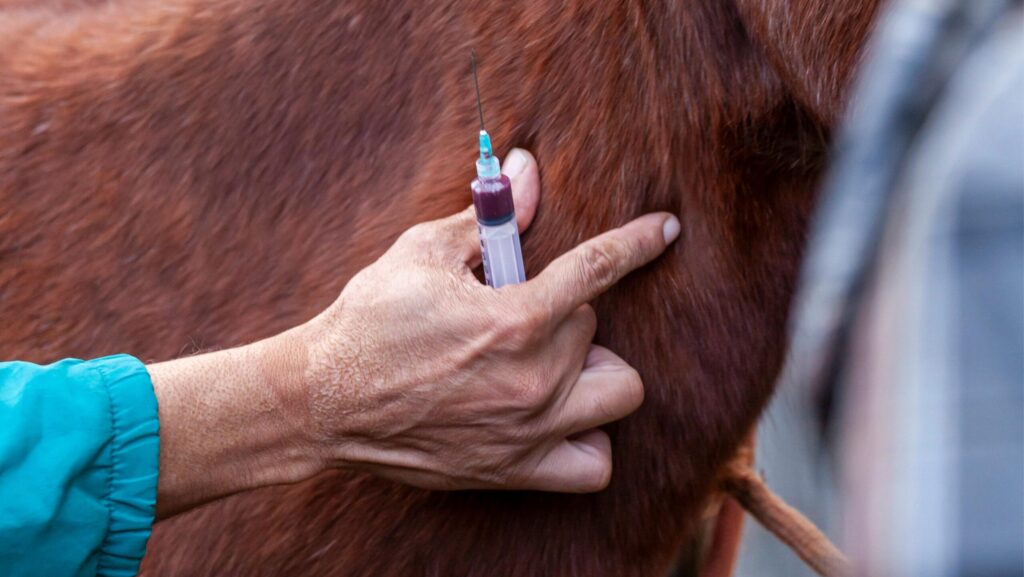
The concept of “horse medicine” is prevalent in many tribal healing traditions, where horses are believed to possess natural therapeutic qualities. Long before modern equine therapy was established, Native healers understood the calming effect that horses had on troubled minds and spirits. Many tribes practice healing rituals where a person sits with horses to absorb their strong, stable energy, which is thought to restore emotional and spiritual balance. The Lakota believe that horses can absorb negative energy and trauma from humans, effectively cleansing a person’s spirit through proximity and touch. Contemporary Native American health programs often incorporate traditional horse medicine alongside modern treatments, particularly for conditions like PTSD, addiction, and depression, acknowledging the deep healing power in the horse-human connection.
Spiritual Communication Between Horses and Riders
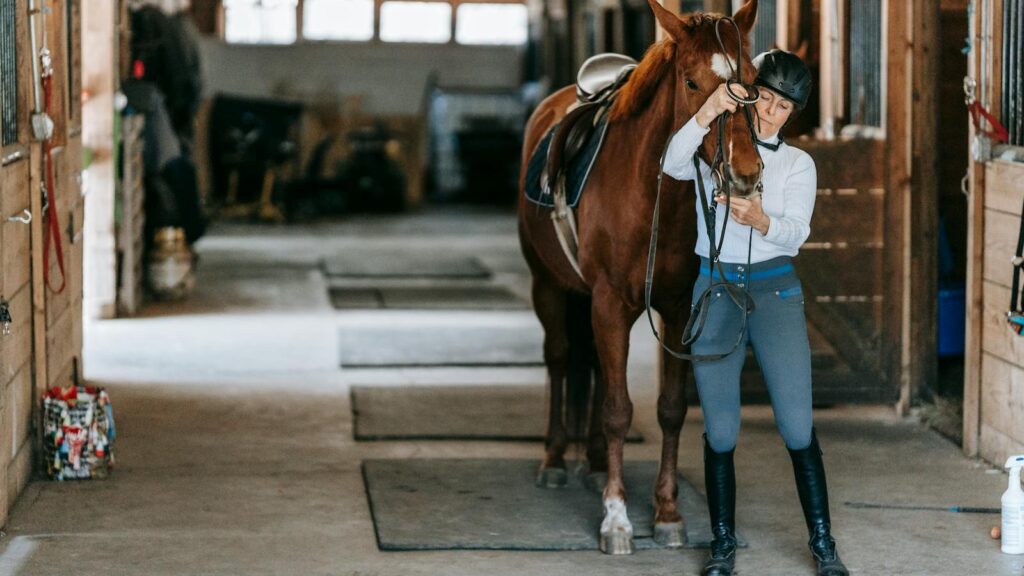
Native tradition holds that horses possess a unique ability to communicate directly with human spirits, creating bonds that transcend verbal language. Many tribal elders speak of horses as intuitive beings who can read intentions and emotions, responding not just to physical cues but to the rider’s spiritual state. Traditional horsemanship practices among tribes like the Comanche and Apache emphasized developing silent communication through shared energy and intention rather than force or dominance. Stories abound of horses warning riders of danger, finding water in unfamiliar territory, or carrying injured riders home without guidance – demonstrations of a connection that goes beyond training. This spiritual communication is cultivated through respect and reciprocity, with riders acknowledging that horses choose to work with humans rather than being subjugated to human will.
Horse Symbolism in Tribal Art and Storytelling
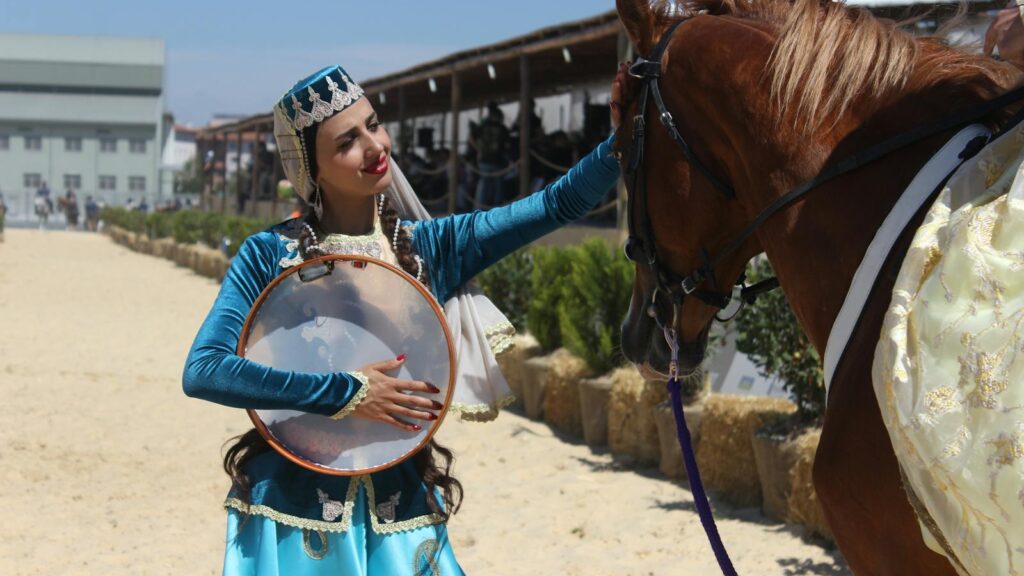
Horses feature prominently in Native American visual art, storytelling, and symbolic language as powerful spiritual motifs. In Plains tribes’ ledger art, horses are often depicted with spiritual symbols, showing their connection to powers beyond the physical realm. The Navajo weave horse figures into their famous blankets and rugs, representing movement between worlds and spiritual protection. In storytelling traditions, horses frequently appear as characters with their own agency and wisdom, sometimes serving as guides or helpers who assist humans in navigating spiritual challenges. Creation stories often feature horses as beings who helped shape the world or who carry special knowledge from the Creator. These artistic and narrative traditions reinforce the horse’s place not merely as a subject of art but as a being worthy of spiritual reverence and acknowledgment.
Dream Connections and Spirit Horses
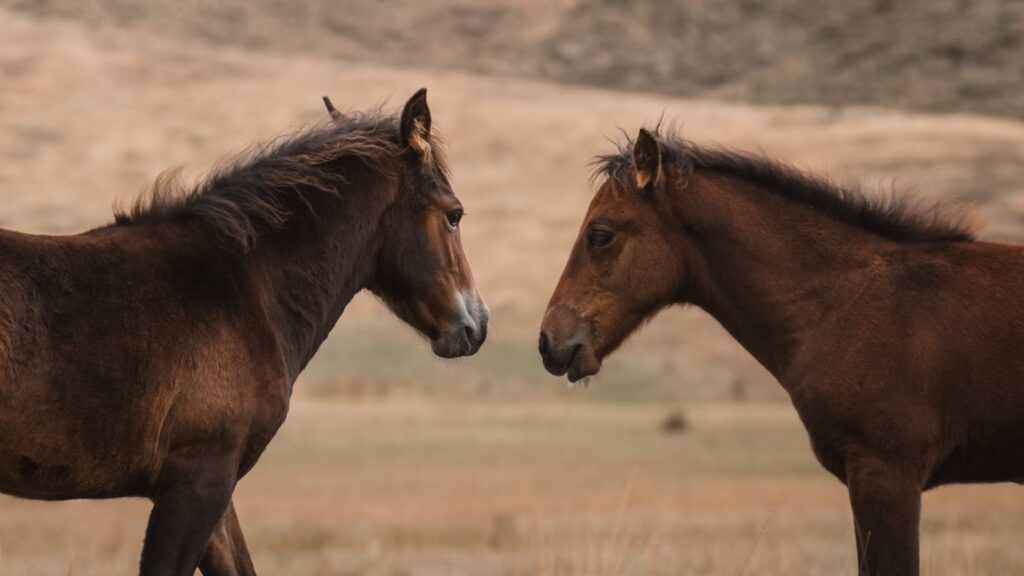
The concept of “spirit horses” or horses that appear in dreams holds special significance in many Native American spiritual traditions. Dreams about horses are often interpreted as messages from ancestors or the spirit world, providing guidance or warnings about future events. In some tribal traditions, a recurring horse in dreams may indicate that the dreamer has a special spiritual connection with horses or is being called to work with them as healers or teachers. The Blackfeet have traditions of medicine people receiving spiritual songs or healing practices from horses who appeared to them during vision quests or dreams. These dream connections are taken seriously as legitimate forms of spiritual communication, with horses serving as messengers between the conscious and unconscious realms.
The Spiritual Practice of Traditional Horsemanship

Traditional Native American horsemanship differs fundamentally from European traditions, focusing on spiritual partnership rather than domination or control. Many tribal horsemanship methods involve minimal equipment, emphasizing body-to-body connection and mutual respect between horse and human. The Comanche, renowned as some of history’s greatest horsemen, practiced approaching horses from a place of spiritual equality, believing that force diminishes the spiritual power of the relationship. Young riders were often taught to observe horses in nature before attempting to ride, learning from the animals’ natural behaviors and social structures. This spiritual approach to horsemanship views riding not as mastery over an animal but as a sacred dance between two beings with different but complementary gifts.
Horses in Coming-of-Age and Vision Quest Practices
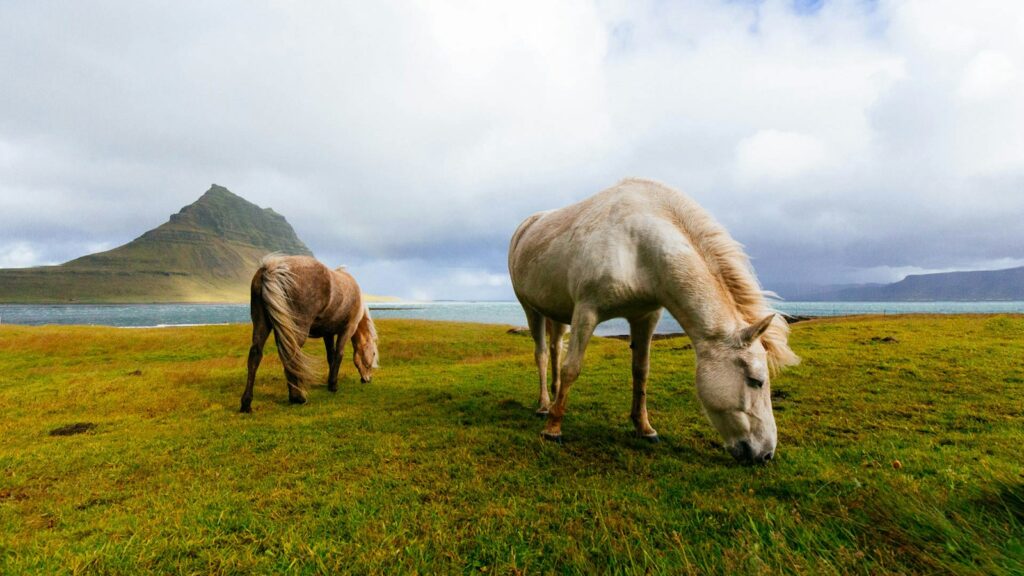
In many tribal traditions, horses play significant roles in coming-of-age ceremonies and vision quests that mark important spiritual transitions. Young people seeking visions might be sent with a horse as their only companion, the animal serving as both practical support and spiritual guide during their time alone in nature. Among Plains tribes, demonstrating a spiritual connection with horses was often part of a young person’s journey into adulthood and spiritual maturity. The Crow tradition includes horse stealing as a rite of passage, not merely as a demonstration of bravery but as a spiritual challenge requiring the young person to connect with the horse’s spirit to gain its cooperation. These practices acknowledge horses as spiritual teachers whose wisdom and energy can help young people access deeper aspects of themselves during transformative life passages.
Color Symbolism and Horse Medicine
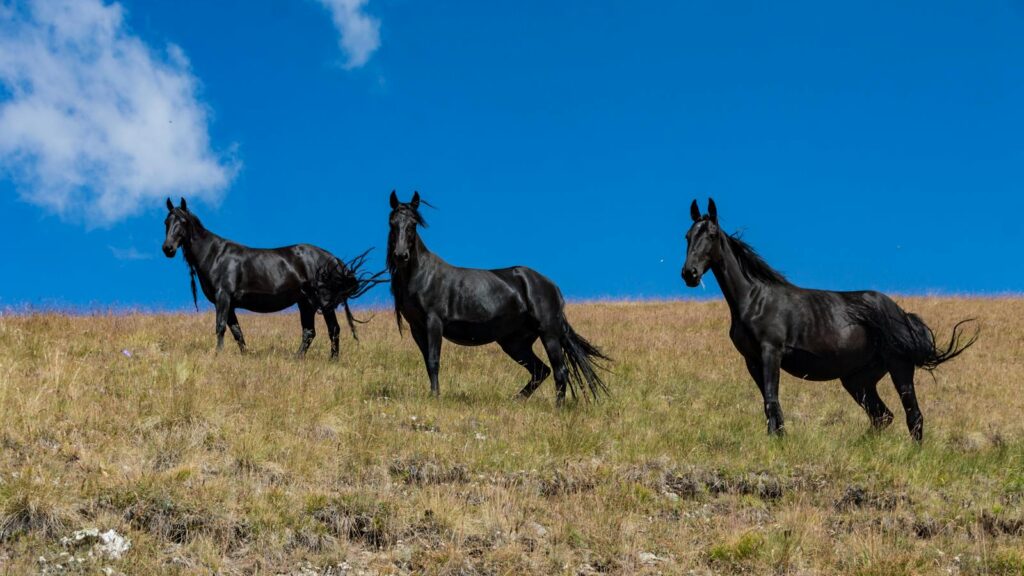
In Native American spiritual traditions, a horse’s color carries significant spiritual meaning and indicates different types of medicine or power. White horses are often associated with wisdom, purity, and spiritual teaching, sometimes considered messengers from the spirit world. Black horses typically represent power, mystery, and protection, believed to have strong medicine for overcoming obstacles or providing spiritual covering. Painted or pinto horses, with their distinctive patterns, are frequently associated with transformation and the ability to move between worlds. The Nez Perce tribe, famous for developing the Appaloosa breed, considered these spotted horses particularly powerful medicine animals with connections to the stars. These color associations inform how horses are chosen for certain ceremonies or healing practices, with specific colors believed to amplify particular spiritual energies.
Modern Tribal Horse Programs and Spiritual Renewal
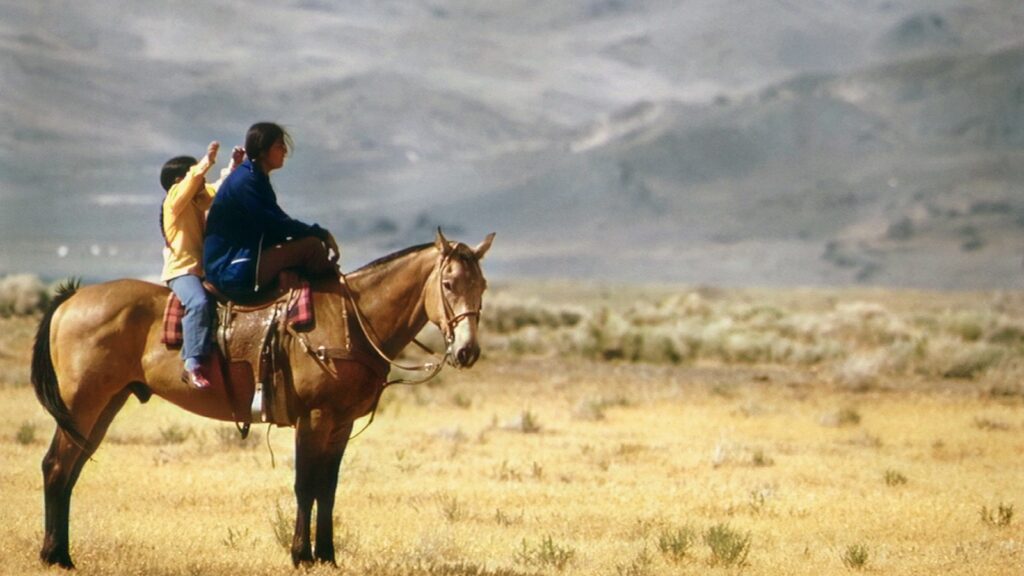
Today, many Native American communities are revitalizing traditional horse practices as part of broader cultural and spiritual renewal efforts. Programs like the Lakota Youth Development’s horse culture initiatives teach young people traditional horsemanship alongside spiritual values, helping reconnect generations who may have been disconnected from these practices. The Navajo Nation’s horse program combines practical skills with traditional teachings about the sacred relationship between humans and horses. These contemporary programs often address modern challenges like historical trauma, substance abuse, and cultural disconnection by drawing on the ancestral wisdom of horse-human spiritual connection. For many tribes, reclaiming traditional horse practices represents not merely preservation of the past but active engagement with living spiritual traditions that continue to offer healing and guidance in contemporary contexts.
The Spiritual Impact of Horse Slaughter and Protection Efforts
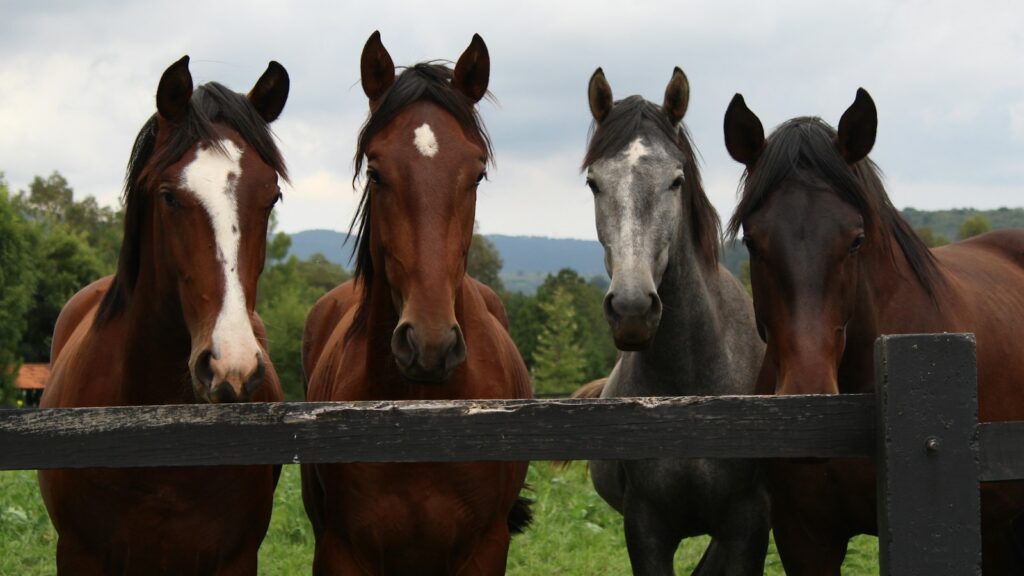
Many Native American spiritual leaders and tribal governments have taken strong stands against horse slaughter, viewing it as not merely an animal welfare issue but a spiritual transgression against sacred beings. The Navajo Nation has implemented programs to reduce feral horse populations through humane management rather than slaughter, acknowledging the spiritual significance of these animals even when their numbers create practical challenges. The International Indigenous Council to Protect the Horse has united tribes across North America in efforts to protect wild horses based on their spiritual importance to Native communities. These protection efforts are rooted in traditional beliefs that horses are relatives with their own spiritual rights and purposes, not resources to be exploited. For many tribal communities, protecting horses is a spiritual obligation connected to maintaining right relationship with all of creation.
Integration of Horse Spirituality in Contemporary Native Life
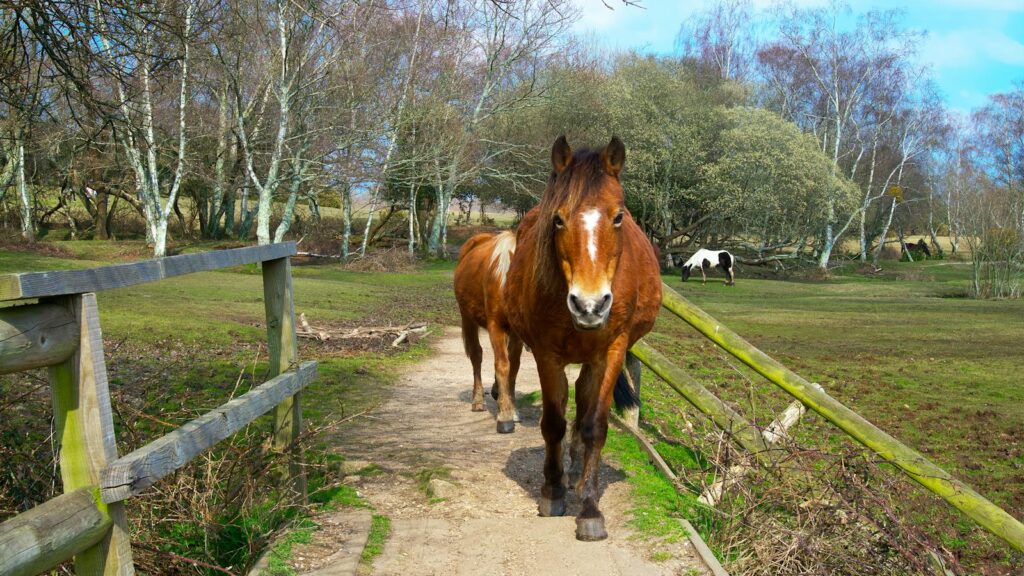
The spiritual connection between Native tribes and horses continues to evolve and adapt in contemporary contexts, finding new expressions while maintaining core traditional values. Many Native veterans participate in programs that combine traditional horse medicine with modern therapy techniques to address combat trauma, finding healing in ancient practices. Native-led equine programs at tribal colleges teach both practical equine science and traditional spiritual approaches to horse care and communication. Annual events like the Chief Joseph Memorial Ride allow participants to honor historical figures while experiencing firsthand the spiritual dimension of riding horses through ancestral territories. These contemporary practices demonstrate how the spiritual connection between horses and Native peoples remains dynamic and relevant, adapting to modern circumstances while preserving the essential sacred relationship that has endured for centuries.
conclusion
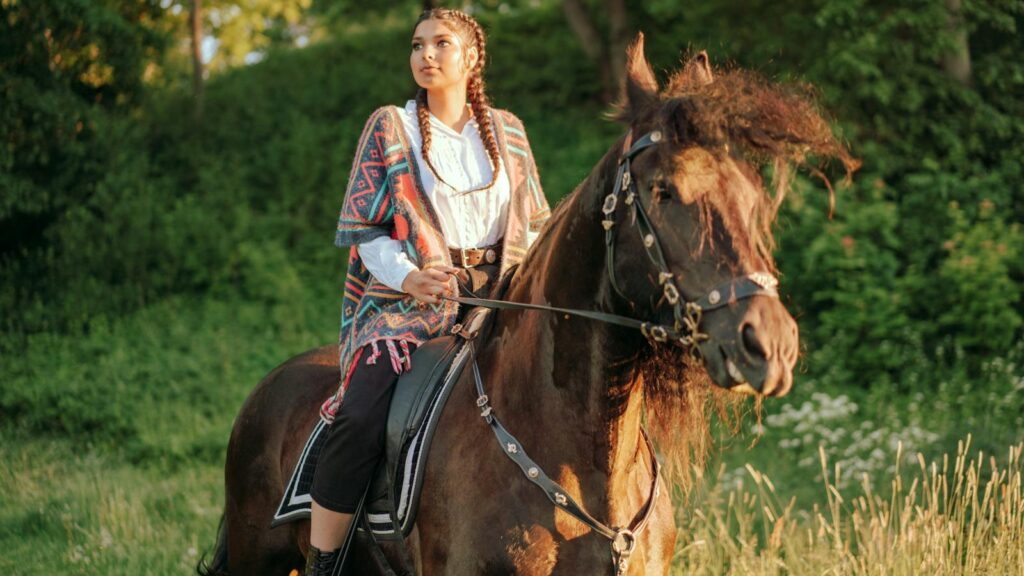
The spiritual bond between Native American tribes and horses represents one of humanity’s most profound interspecies relationships, one that has shaped history, culture, and spirituality in remarkable ways. This connection goes far beyond utilitarian considerations, touching on the deepest aspects of Native cosmology and spiritual practice. Even as Native communities navigate the complexities of modern life, the horse continues to serve as a powerful spiritual teacher, healer, and companion. In a world increasingly dominated by technology and disconnection from nature, the indigenous understanding of horses as spiritual beings offers valuable wisdom about relating to the natural world with reverence and reciprocity. The enduring spiritual partnership between Native peoples and horses stands as living testimony to the possibility of deep communication between species and the sacred dimensions of our relationships with the animal world.







